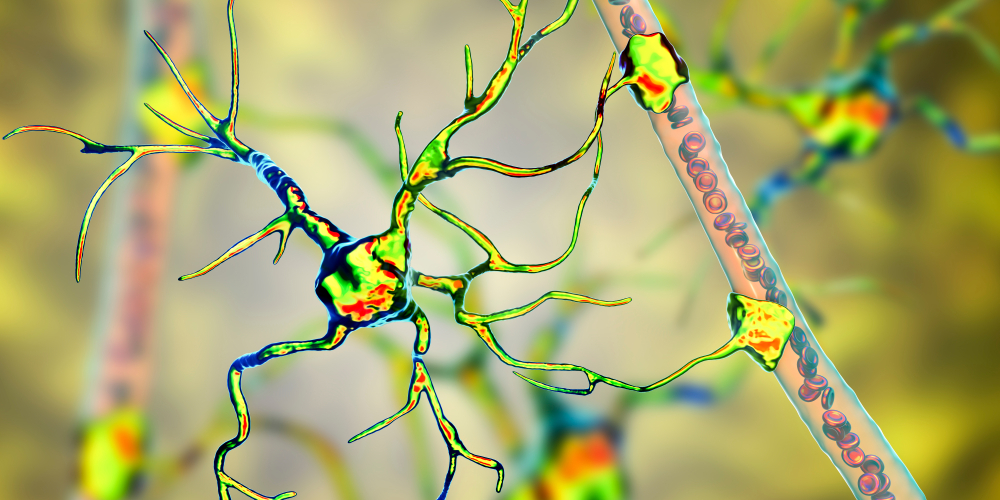Now Reading: Paralyzed ALS Patient Communicates Using Groundbreaking Technology
-
01
Paralyzed ALS Patient Communicates Using Groundbreaking Technology
Paralyzed ALS Patient Communicates Using Groundbreaking Technology

Quick Summary
- Amyotrophic Lateral Sclerosis (ALS) is a progressive neurological disease causing paralysis, with early symptoms including weakness, slurred speech, adn difficulty swallowing.
- Approximately 25% of ALS patients experience speech impairment at diagnosis, leading to a meaningful loss of interaction ability as the disease progresses.
- UC davis scientists have developed a brain-computer interface (BCI) called BrainGate2 that helps ALS patients regain their “voice” by translating brain signals into speech.
– Four microelectrode arrays are implanted in the patient’s brain to detect neural activity related to speech production.
– The computer generates real-time synthetic voice resembling the patient’s natural voice using deep-fake technology.
- Researchers emphasize this is not a mind-reading device but one designed specifically to decode intended words and tones from specified brain areas.
- Current versions of BrainGate2 use wired connections; teams are working on making it wireless and highly portable.
- In trials involving Casey,an ALS patient unable to speak otherwise:
– Family comprehension improved from 4% without BCI assistance to 60% with BCI help.
– this system also recreates tone and intonation alongside words for enriched communication.
- While it does not cure ALS, this innovation hopes to improve quality of life for ALS patients and could be useful for other conditions causing loss of speech such as stroke or locked-in syndrome.
Indian Opinion Analysis
The progress showcased in this report represents significant progress in utilizing cutting-edge technology like BCIs for improving healthcare outcomes. For India-a nation faced with gaps in medical accessibility-this innovation highlights an aspirational model where neuroscience integrates seamlessly with advanced engineering solutions.
India can draw two lessons here: First, prioritizing investments into computational neuroprosthetics research could bridge crucial barriers within healthcare delivery systems domestically. Second, public-private collaboration could make advanced assistive technologies both scalable and affordable in regions managing high burdens of neurological disorders like strokes or motor neuron diseases.
Yet caution is warranted before adaptation; considerations around affordability across income strata remain critical given India’s socio-economic diversity. Also imperative would be ethical safeguards addressing privacy concerns-notably around “mind-machine” devices-even while communicating hope responsibly to caregivers grappling w/hard prognosis locally .





















